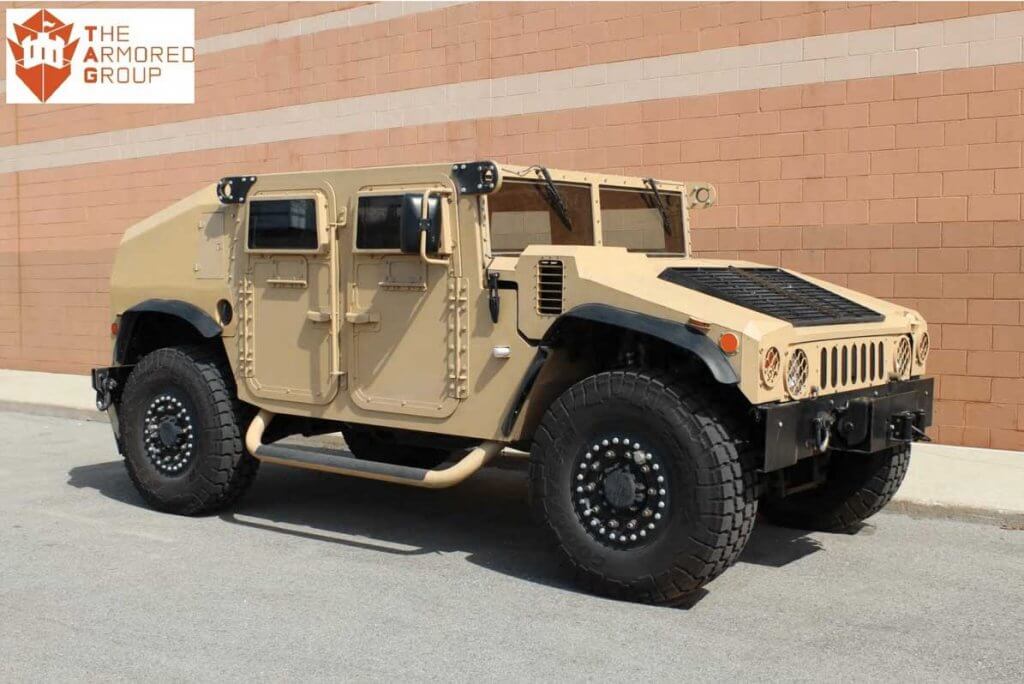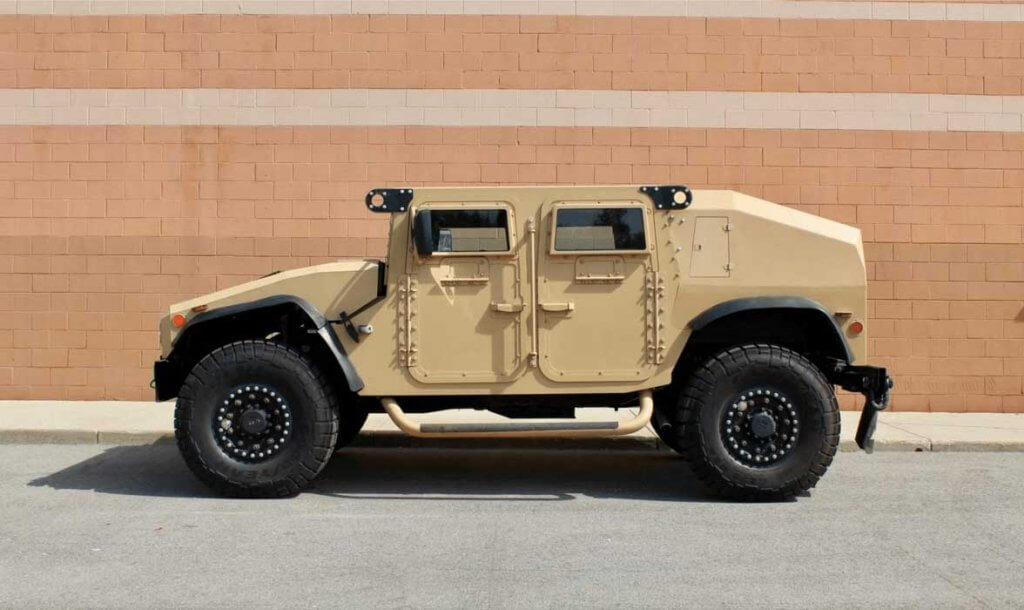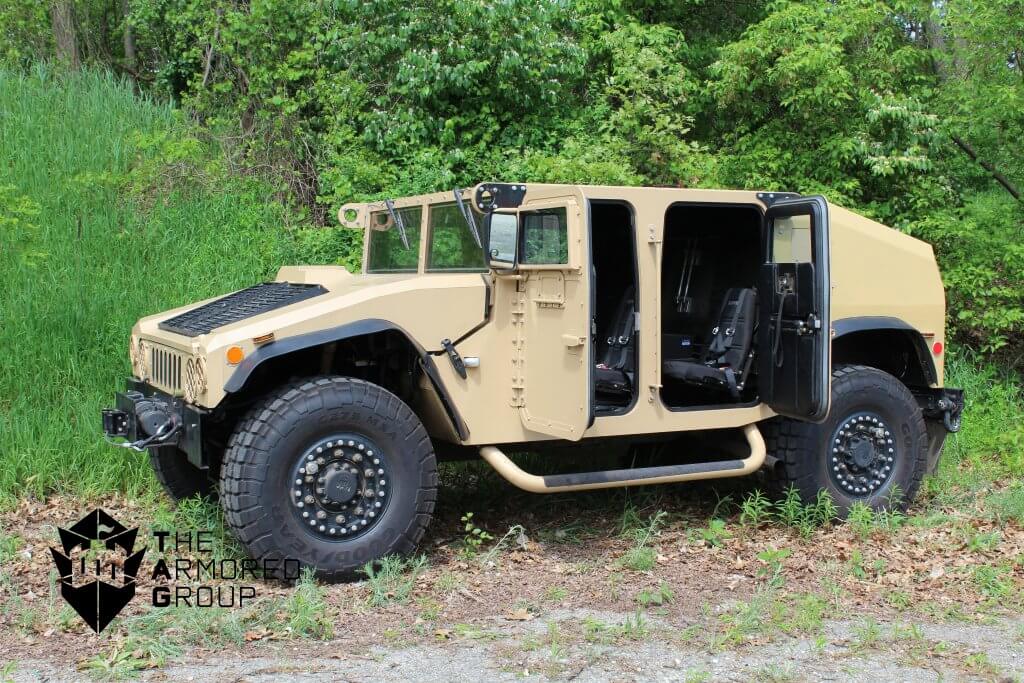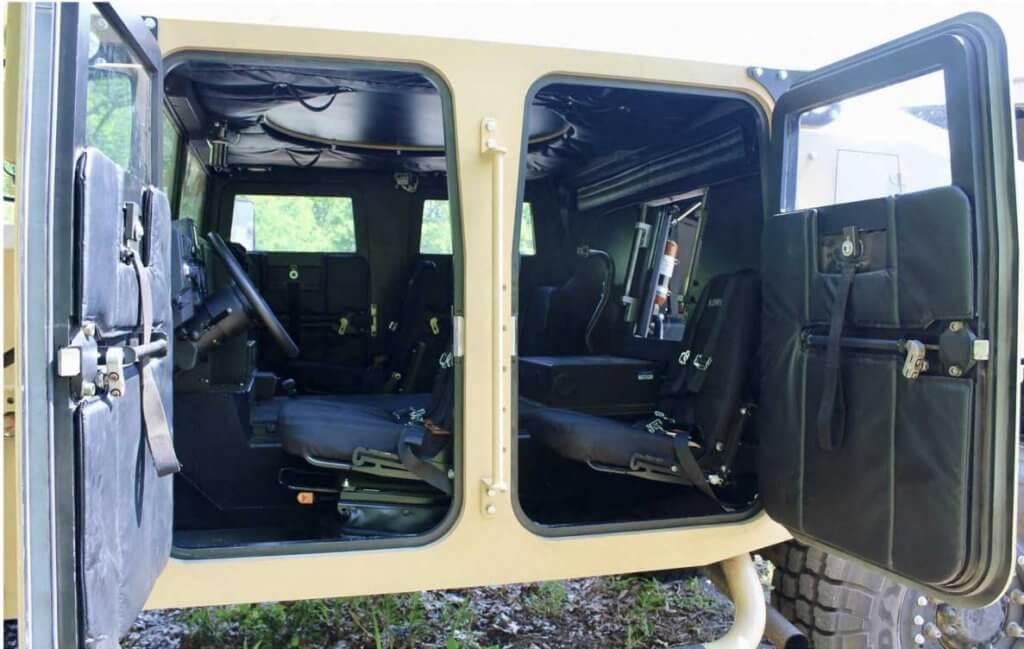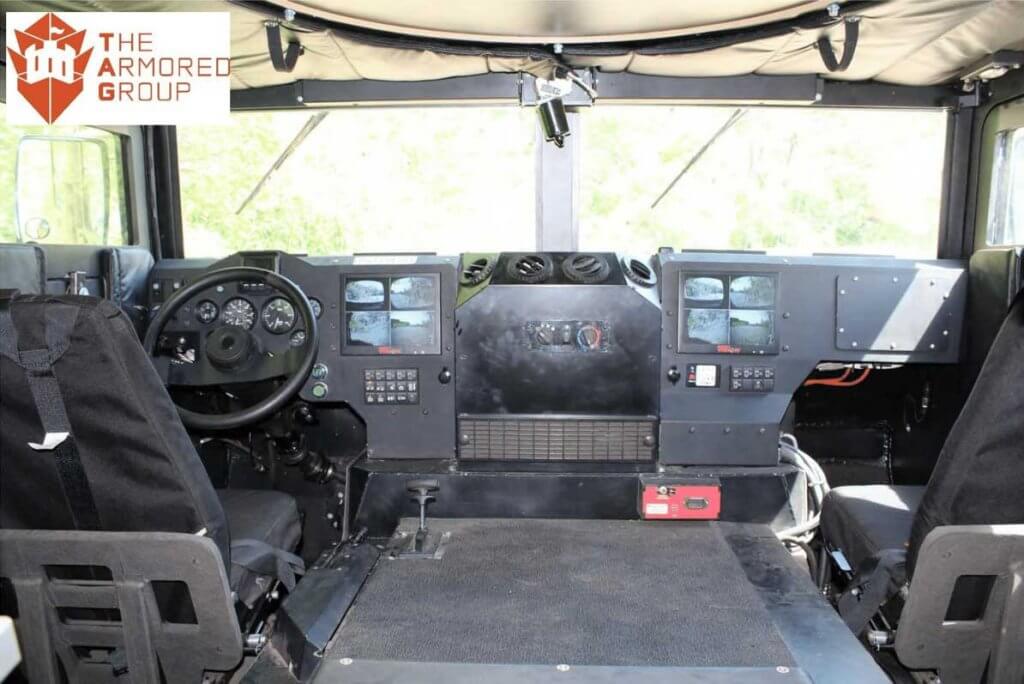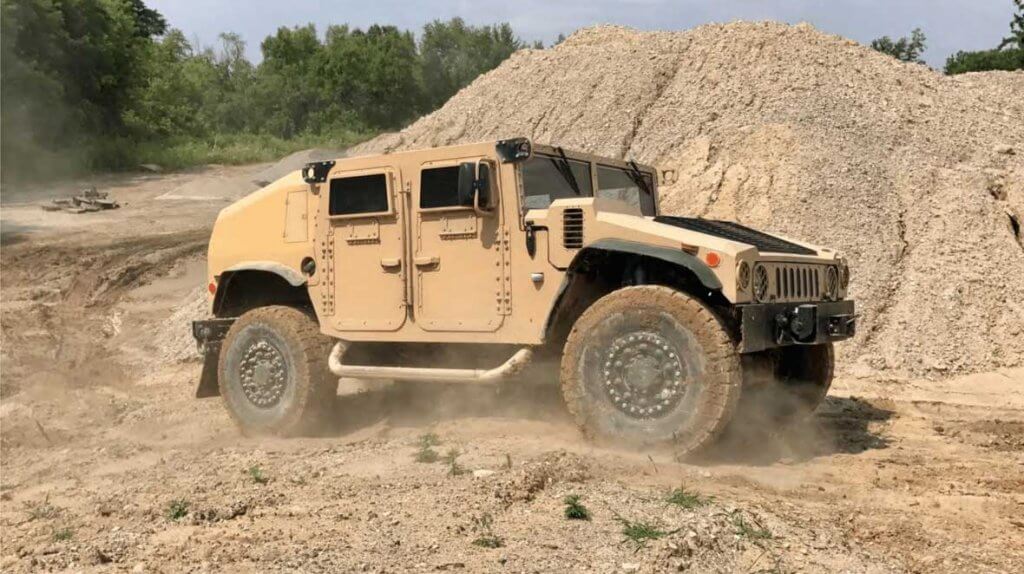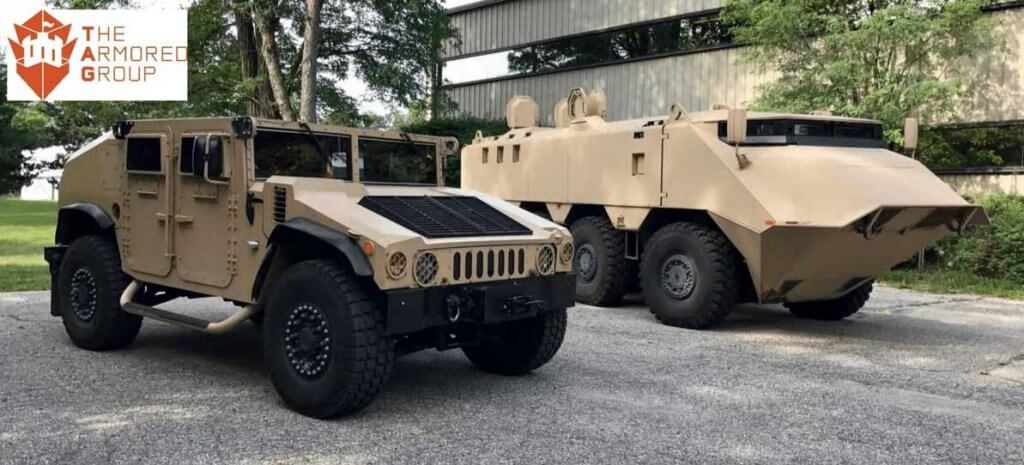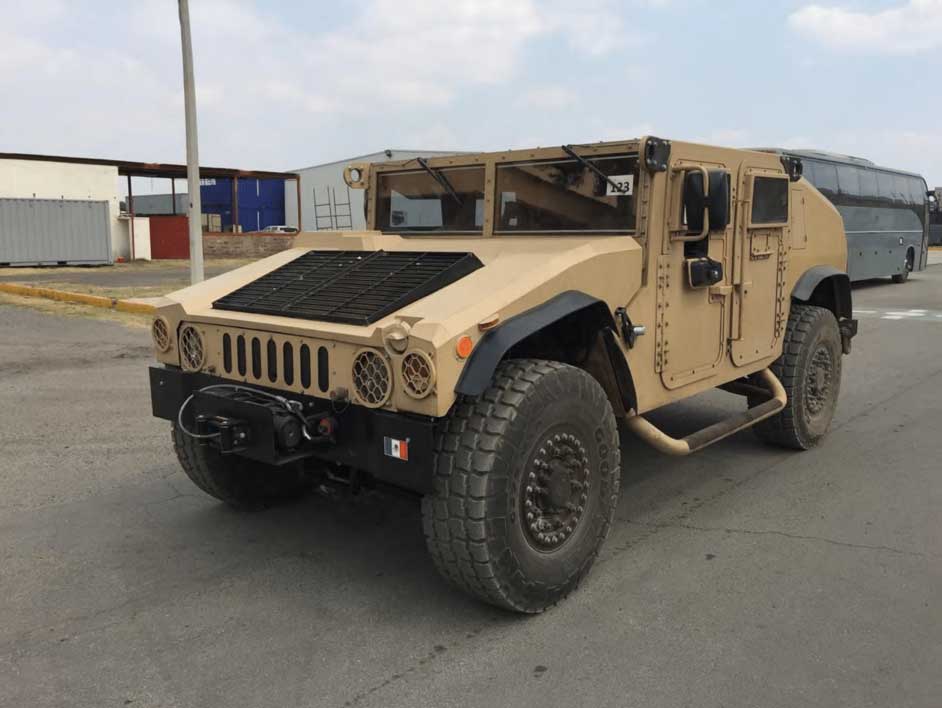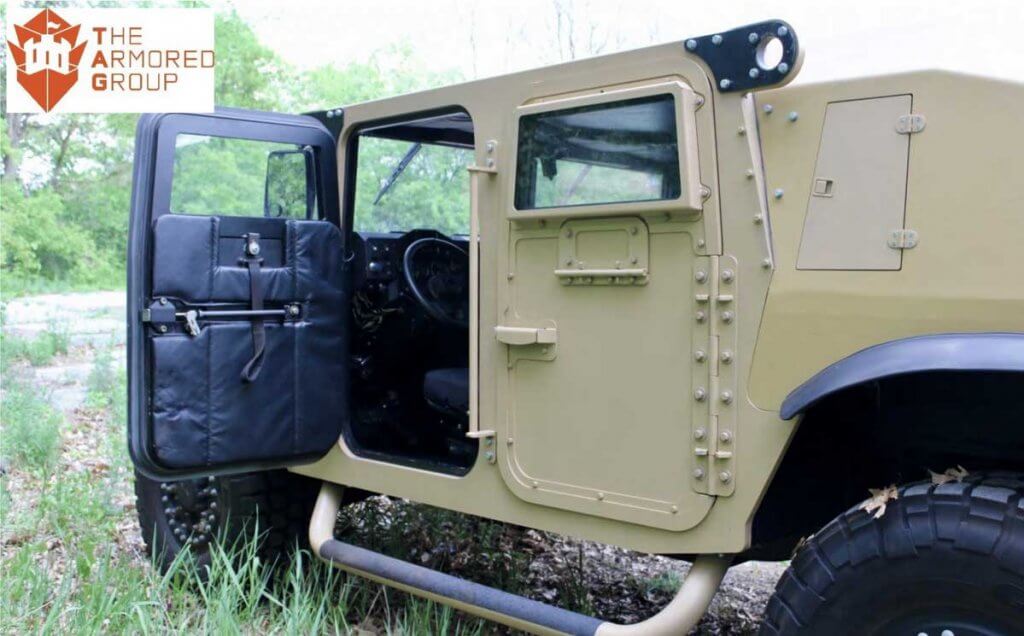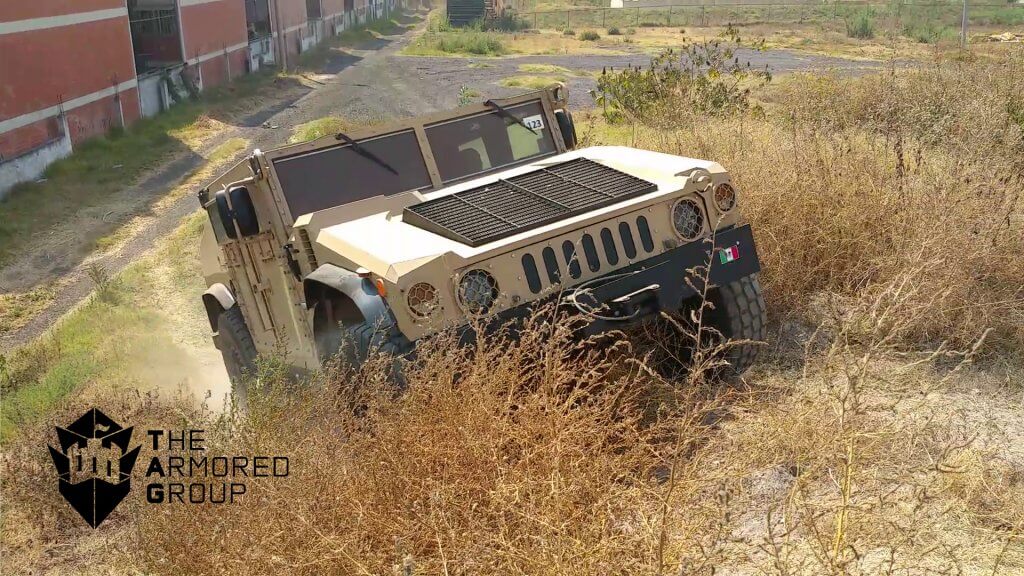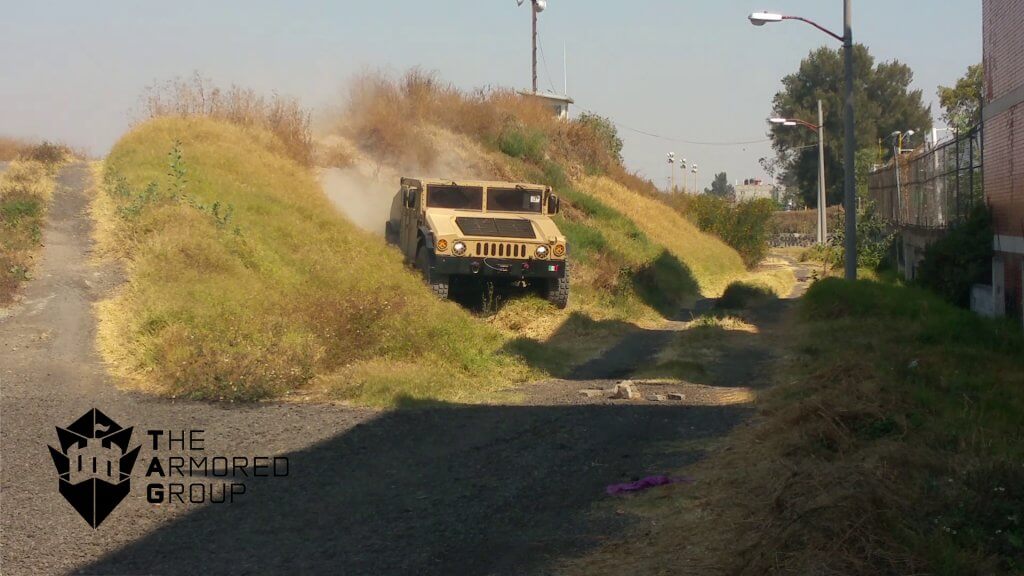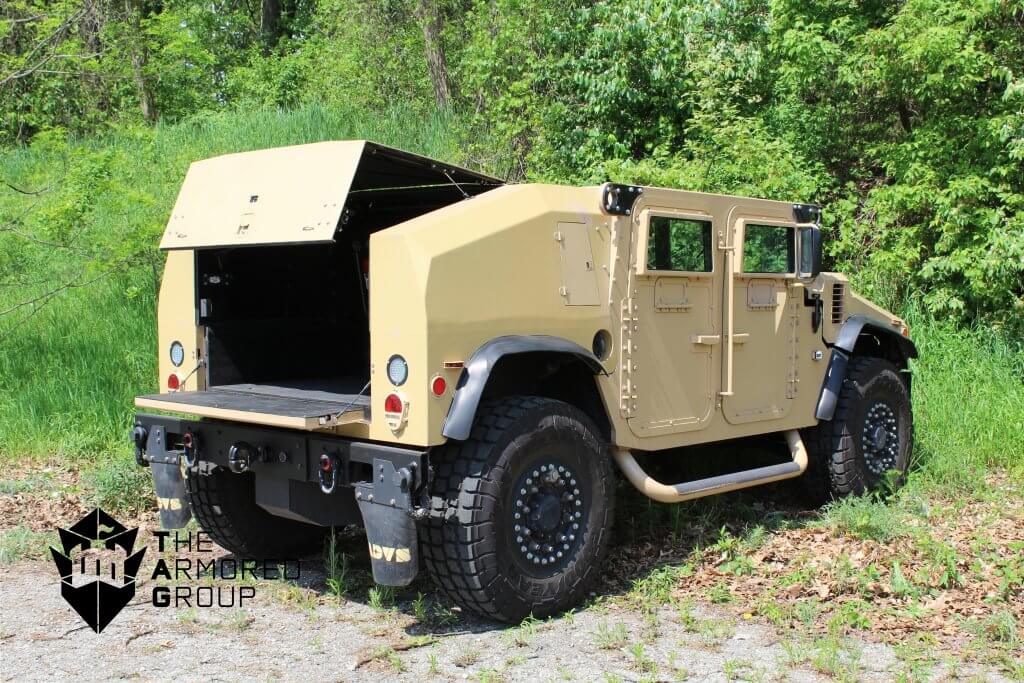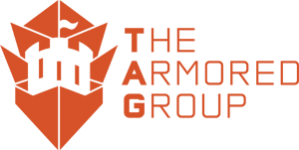DOBERMAN
Vehicle Details
DOBERMAN
The HMMWV, High Mobility Multipurpose Wheeled Vehicle history, had its beginning in 1979 when the U.S. Army drafted a final specification for a vehicle to replace the aging jeep from WWII and opened up competition to build it. Three companies competed for the first order and AM General won the initial contract in 1983 for 2334 vehicles. The original M998 had a curb weight of 5,200 lbs. with a payload weight of 2,500 lbs., and a 6.2 L diesel engine and a three-speed transmission.
From its beginning, the HMMWV was never designed to offer protection against small arms fire and other threats, the HMMWV was designed primarily for personnel and light cargo “transport” behind front lines, and not as a Front Line Fighting Vehicle. But as time went on with the rise of asymmetric warfare and low intensity conflicts like the Balkans during the 1990’s and Somalia beginning in 1992, the HMMWV was pressed into service in urban conflicts and was required to be armored to some degree.
The military then recognized a need for a more protected HMMWV and AM General developed the M1114 in 1996 - an armored HMMWV to withstand small arms fire. With the onset of the Iraq War in 2003 however, HMMWV’s proved to be very vulnerable to IEDs and other large caliber threats. To increase protection, the U.S. military hastily added-on armor “kits” to the vehicles. Although this somewhat improved survivability, “bolting on armor” made the HMMWV very heavy for its design and put a lot of strain on the chassis, which led to the unreliability of the HMMWV vehicle itself due to “overloading”.
In 2004 our strategic partner was involved in the HMMWV program by direction of the U.S. Army. While the Army was developing the M1151 model of the HMMWV as a replacement for the M1114, the Product Manager for Light Tactical Vehicles directed the simultaneous development of the Risk Reduction Vehicle, or “RRV”. The first RRV was built in extremely short order and the RRV later became what is now called, the XM1166. This XM1166 variant of the HMMWV included a great amount of improvements to the vehicle, including for the first time a semimonocoque, welded construction, “Survivability Capsule” with a built in “Roll Cage” to protect its crew and passengers.
After the XM1166 vehicles were developed and built, they spent the balance of the years in the Iraq War with both the United States Army and the United States Marine Corps. The vehicles performed very well and there were no reported injuries or problems. In all categories, the XM1166 made numerous huge improvements over the M1151 and M1152 HMMWV vehicle.
Now, the Doberman builds upon the success and improvements of the XM1166 and the standard HMMWV vehicle by positively transforming the vehicle from a personnel and light cargo transport vehicle, which it was originally intended to be, to the Front Line Fighting Vehicle that it is today.
DOBERMAN SAFETY AND PROTECTION IMPROVEMENTS
Among the many important HMMWV improvements that the TAG Doberman RAAV vehicle made over the 1151 and 1152 vehicles were those relating to the safety and protection of the crew. For the first time in a “HMMWV style” vehicle, a semi monocoque welded construction “survivability capsule” with a built in “roll cage” to protect its crew and passengers was made an integral part of the vehicle.
This survivability capsule is constructed from 2-inch-thick Aluminum Armor, which completely replaced the “thin sheet metal cab” of the HMMWV vehicle. The 2-inch-thick Aluminum Armor survivability capsule also provides for “many areas and types of protection” that the HMMWV vehicle has never had before.
These areas and types of protection improvements include:
- Roll over protection
- Vehicle crash and severe accident protection
- Aluminum Armor “ballistic” protection
- Blast and Improvised Explosive Device “fragmentation” protection
- When equipped because it’s sealed, Nuclear Biological and Chemical protection
- Molotov cocktail protection - the vehicle area is completely sealed
- Extreme Riot and “Urban Insurrection” protection against violent rioters operating in mass uncontrolled violent crowds, or organized rebellions, with huge amounts of weapons that might be available to them over a vast area
These types of Doberman vehicle crew safety protections and capabilities have never been available in HMMWV vehicles, and are not in the 1151 or 1152 vehicles of today.
DOBERMAN VALUE ADDED IMPROVEMENTS
The Doberman provides many value-added improvements including the Doberman Survivability Capsule and Roll Cage and many other significant improvements that are detailed in the “Doberman" vs HMMWV 1151
- 1152 Specification Comparison” in the following pages. In order to provide these substantial improvements, the TAG Doberman RAAV utilizes many upgraded vehicle systems and components. Many of these systems and components are “high-tech” and advanced technologies and come at a premium price to provide the highest level of performance, protection, and
Some of the “higher cost” major systems and/or components that make the Doberman a better vehicle and worth more in value include the following:
• High Strength, Ballistic Aluminum Armor
Improvements in survivability and safety for the crew due to the high strength aluminum armor material. This material is truly an aluminum armor designed for use on military vehicles and not a typical “beer can” grade of aluminum as used on the original HMMWV.
• Thicker, Clear Transparent Armor (Ballistic Glass)
Improvements in survivability for the windshield and door glass is made possible by the unique, thicker but very clear transparent armor recipe (ballistic glass) that is used on the TAG Doberman RAAV.
• “High Weight Capacity” Chassis
Improvements to payload capacity from 3,020 lbs. to 6,700 lbs., a 121% increase over the original HMMWV. Improvements to the maximum Gross Vehicle Weight (GVW) capacity due to the upgraded chassis from 13,450 lbs. on the 1151 and 1152 to the TAG Doberman RAAV of 21,500 lbs.
• All-Wheel Drive “Differential-Locking” Axles
Improvements from the Upgraded Axles which can “lock” side to side during off-road operations when vehicle traction is a must for crew safety and mission success
• High-Strength Transfer Case
Improvements from the new improved Transfer Case with an “inter-axle differential” which allows for “full time four-wheel drive” eliminating chances of “skidding” for vehicle crew safety on slippery road surfaces, and with its “very deep” 3.75:1 ratio low ratio has a much easier ability of climbing steep grades and other off-road challenges for crew safety in operations and missions
- Upgraded Heavy-Duty Suspension with more wheel travel Improvements from the wheel travel due to the Upgraded Axles and independent suspension which take the original HMMWV wheel travel of 8 inches up to 11 inches of wheel travel, a 38% increase, for much greater speeds and “vehicle control” during off-road operations for safety
- Higher Performance Cummins Engine and Allison Transmission Improvements from the new 250 Hp Multi Fuel Diesel Engine with its improved torque, fuel mileage, vehicle range, acceleration, grade ability and vehicle load and towing capacity. Improvements from the Allison 6 speed Transmission with its improved gear ranges with 6 speeds for going up or down grades, towing, fuel mileage and vehicle fuel range. Improvements from the increased top speed of 78.4 mph in pursuit, mission times, or rescuing other people or vehicles that might be in imminent danger or in need of help
• Mine-Blast Seats with Quick-Release 4-Point Seat Belts
Improvements in extensively-tested seats used in the TAG Doberman RAAV provides for mine-blast protection to better provide protection for the crew during an under body attack or if the vehicle is launched in the air.
Improvements in the 4-Point Restraint seat belts allow better protection for the crew in an accident or roll-over situation, but also allow the crew to very quickly get out of the seat belts in an emergency.
• Higher Performance Large Disc Brakes
Improvements to the safety of the vehicle crew and other vehicles from 30% larger brakes for much safer, shorter, braking distances.
• Integrated Central Tire Inflation System (CTIS)
Improvements to vehicle mobility and tire life due to the Central Tire Inflation System (CTIS), which allows the tires to be inflated, or deflated, depending on road conditions or off-road ground conditions at any time during operations or missions
• High Performance Tires with Low Ground Pressure
Improvements in tires allow for the Doberman to obtain higher vehicle speeds while still allowing for a higher weight vehicle with additional payload or armor protection.
In summary, these “Value Added Improvements” and “higher cost” vehicle systems and components give “huge improvements” to a “HMMWV style” vehicle and its mission capabilities, as well as “huge improvements” to the vehicle’s crew safety and personal protection. All of these features allow the Doberman to be a First Responder Rescue Vehicle… a “do anything, go anywhere vehicle” that can be depended on to “be there” whenever it’s needed, at any time of day, or in any weather condition that it may be faced with, or any disaster or emergency whatsoever, no matter what. Call today for the brochure 602-840-2271!
DIMENSIONS
Overall Length : 4930 mm
Overall Width : 2310 mm
Overall Height : 2060 mm
Wheelbase : 3380 mm
Track Width : 1940 mm
VEHICLE LAYOUT
Body layout : Body of frame
Seating layout : 2+3
Doors : 4
Roof turret with hatch : Yes
WEIGHT
Curb weight : 7030 kg
Payload : 2700 kg
Combat weight : 9730 kg
POWERTRAIN
Engine make : Cummins
Engine model : ISBe
Engine type : Turbo charged diesel 14
Displacement : 4.5
Maximum Power : 250 hp
Maximum Torque : 800
Fuel type : Diesel
Power to Weight Ratio : 27.7 hp/ton
Transmission : 6-speed automatic
Fuel Tank Capacity : 151
RUNNING GEAR
Driveline : 4 x 4
Axle and Suspension FR : Independent with coil springs, hydraulic dampers and differential lock
Axle and Suspension Rear Independent with coil springs, hydraulic dampers and differential lock
Transfer case 2 speed with center lock
Run flat inserts : Yes
CTIS/STIS : CTIS
Brakes FR Hydraulic discs
Brakes RR Hydraulic discs
MOBILITY
Top Speed : 125 km/h
Grade ability : >60%
Static Side Slope : Up to 50%
Vertical Step : 400 mm
Fording : 1000 mm
PROTECTION
Ballistic protection : STANAG 1
STANAG 3
Mine Protection : STANAG 2a/2b
ELECTRICAL SYSTEM
Voltage : Dual 12 V and 24V
Batteries : 2
Alternator : 400A
Auxiliary sockets : Yes
120/220V AC External : Optional power input
OPTIONAL AUXILIARY EQUIPMENT (Please consult Sales Department for possible combinations)
- Electric Winch
- CBRN over pressure system
- Public address system STANDARD
- Fire suppression
- Auxiliary service Battery with STANDARD smart isolator switch and Battery monitor
- Interior Weapon mounts
- VHF/UHF Communication System
- MF/HF Communications System
- GPS
- DVR
- GSM based live video monitoring System
- Smoke Grenade launches
- Multiple launch system for smoke grenades
- Remote controlled weapon station
- Gunshot detection System
- Remote controlled search lights
- Forward looking thermal camera
- Reverse day/night camera
- Perimeter day/night cameras
- Outboard telescopic mast (pneumatically Or electronically operated)
- IR Driving and convoy lights

